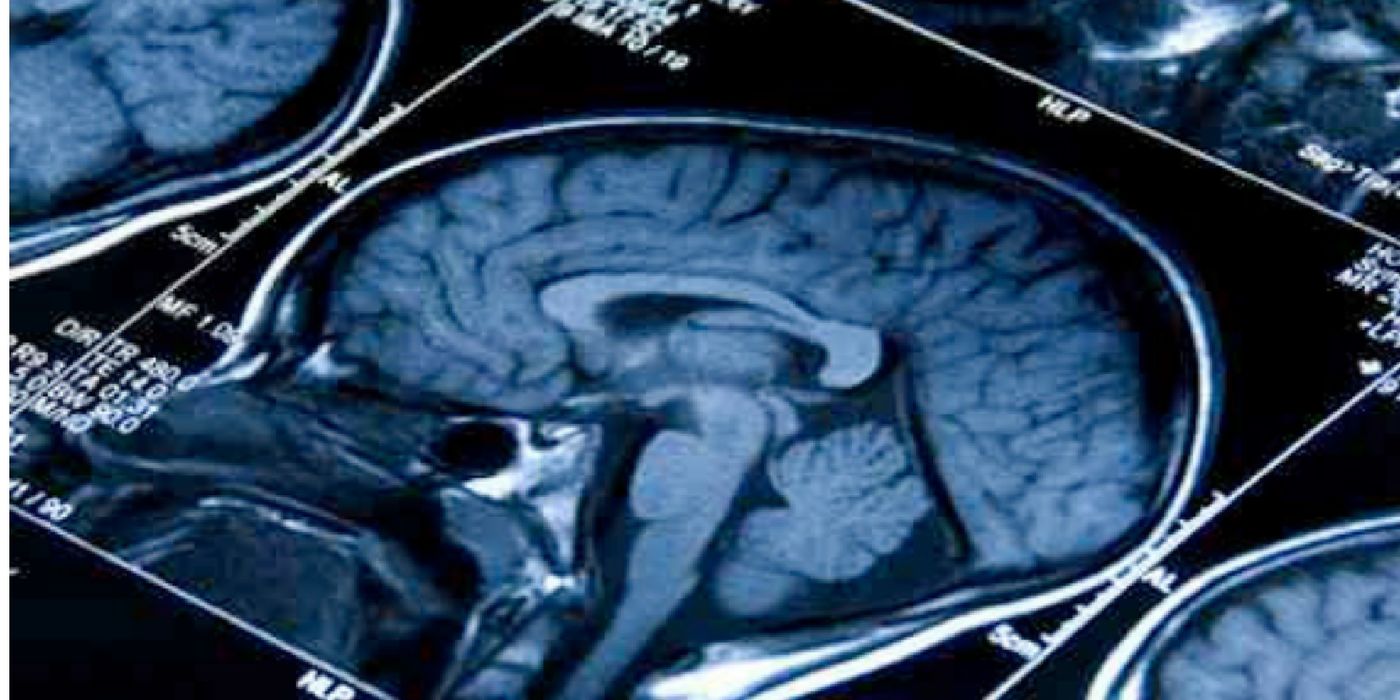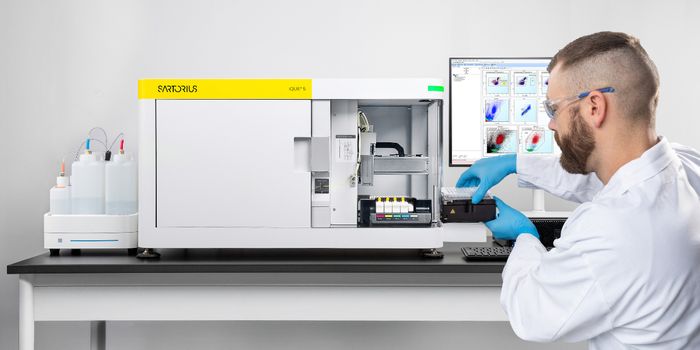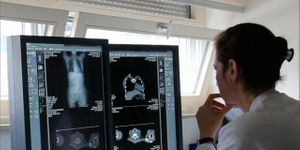Newly Identified Risk Loci for Gliomas
A new research into the causes of deadly brain cancer implicates 13 new genetic regions. This doubles the number of known genetic mutations that seem to increase the risk for glioma – one of the most common forms of brain cancer.
The study was an international collaboration with researchers from Europe, the United Kingdom, and the United States. The meta-analysis included data on nearly 12,500 patients with gliomas, and over 18,000 healthy individuals.
The large sample size allowed the researchers to more precisely identify genetic susceptibility regions with a genetic tool known as a genome-wide association study (GWAS). With this analysis, they found 5 new genetic regions that increase the risk for a deadly form of glioma known as glioblastoma multiforme (GBM). They also found 8 new regions that are associated with increased risk of non-GBM tumors – a less lethal glioma type.
The genetic regions implicated in this study are linked to cell division, cell cycle regulation, neurogenesis, and regulation of some key proteins.
"The changes in the way we think about glioma could be quite fundamental," said Richard Houston, the study’s co-senior author. "So for example, what we thought of as two related subtypes of the disease turn out to have quite different genetic causes which may require different approaches to treatment."
Of note, gliomas make up about 27 percent of all brain cancers, which result in 13,000 deaths every year. In particular, the GBM form of glioma is particularly aggressive and notorious for the dismally grim 5-year survival rate of less than 10 percent.
"It has been exciting to have been involved in such a gigantic study including cases of brain cancer from all over the world. We have uncovered a treasure trove of new information about the genetic causes of glioma brain cancers,” said Houlston. “Understanding the genetics of glioma in such detail allows us to start thinking about ways of identifying people at high inherited risk, and will open up a search for new treatments that exploit our new knowledge of the biology of the disease."
Additional sources: MNT









